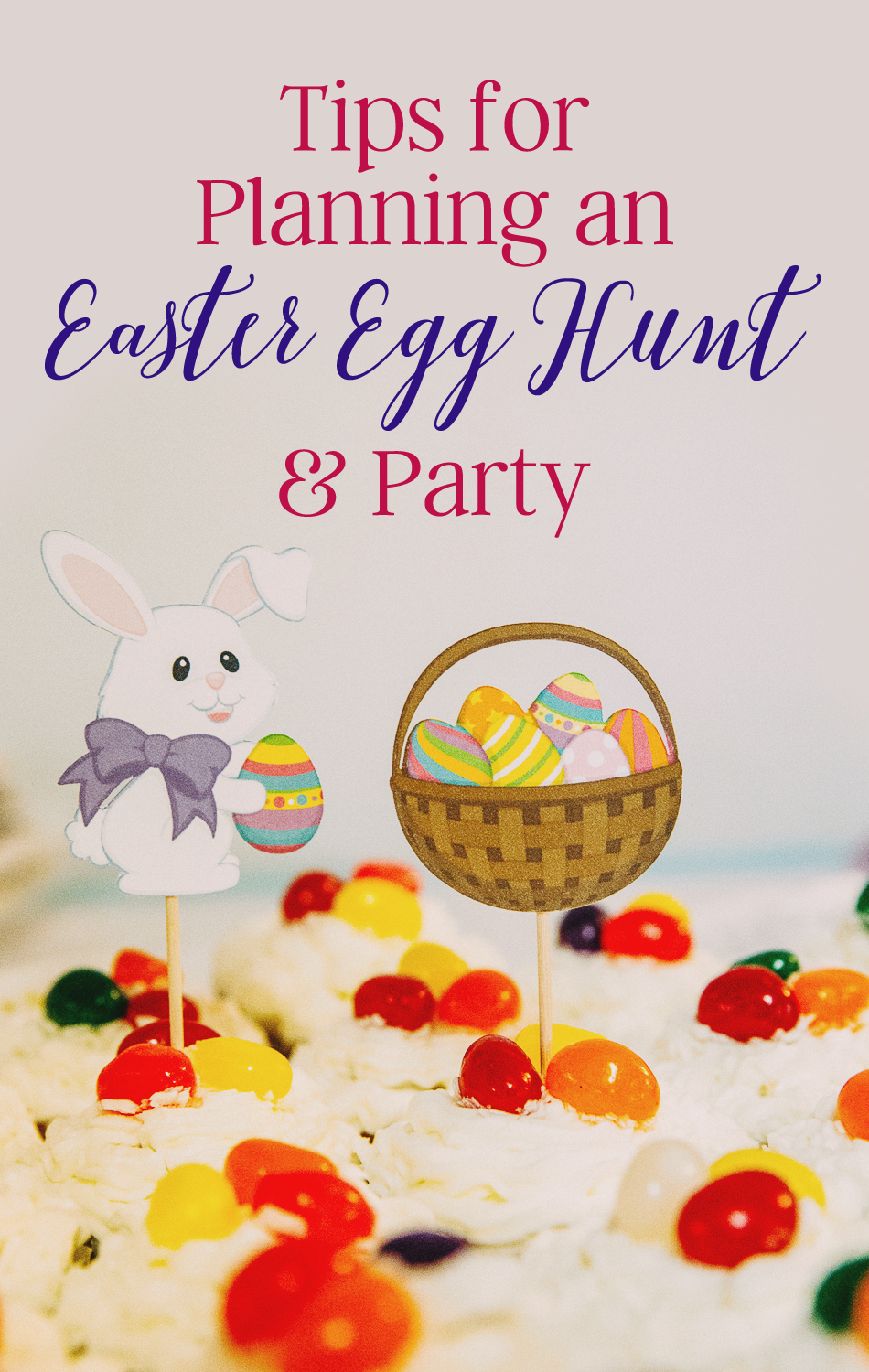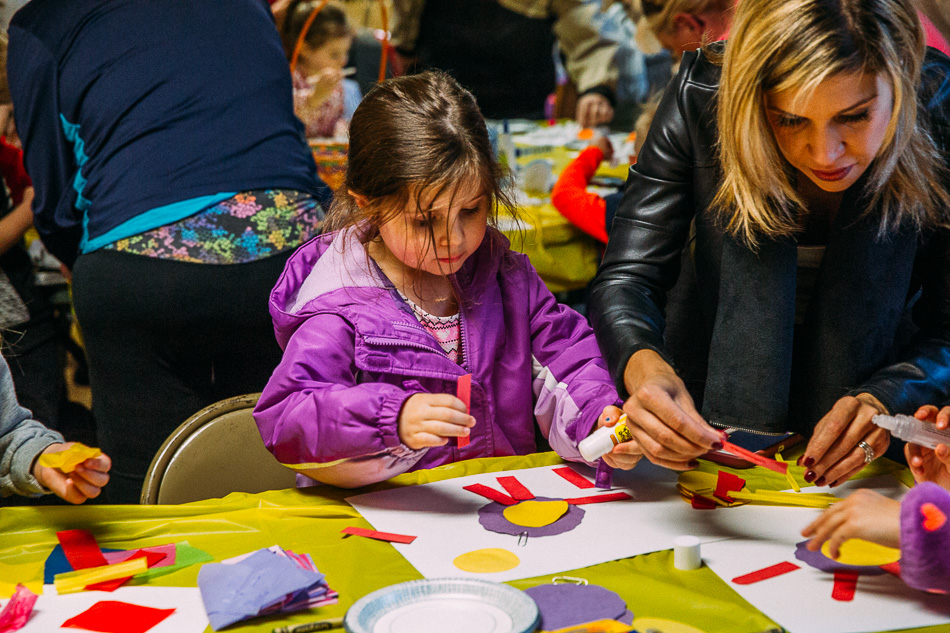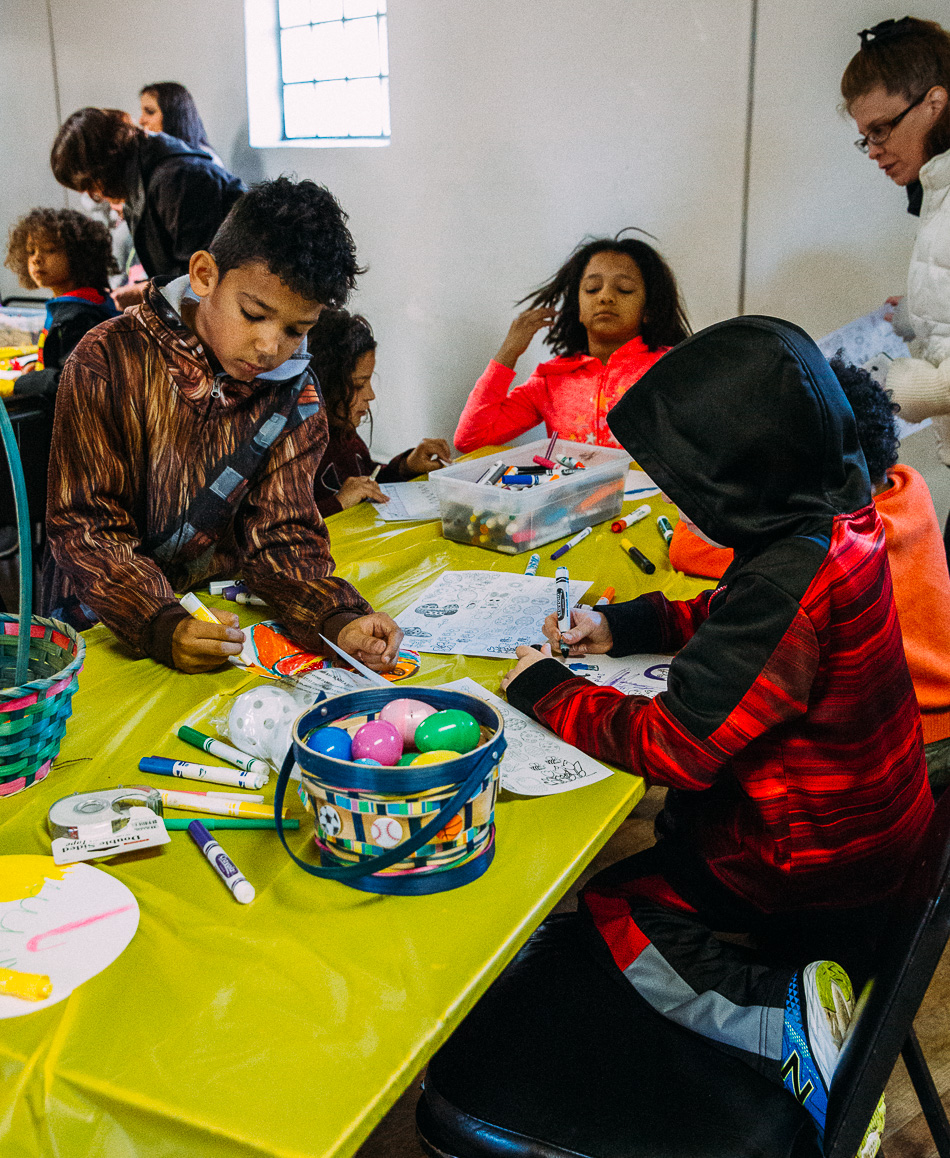
Tips for Planning an Easter Egg Hunt & Party
Last Sunday our church had its annual Easter Egg Hunt & Celebration. This year, I was the Chair of the Planning Committee. I was really excited about this task because, although the egg hunt that we attended last year was fun, I knew that we had room for improvement. Along with a couple of church friends, I set out to plan the best egg hunt & party ever.
I thought that I would share a few of the things that worked really well for us, as well as the things that we will do differently next time.
Event Promotion
In past years, we spent a fair amount of money printing fliers and asking our local elementary schools to hand them out for us. This did not work well and created little to no ROI. This year we only shared our flier with the scout troops that use our church for meetings. We also advertised the event on the sign in front of our church building. However, almost all attendees came in via word of mouth and our Facebook event page. I highly recommend creating a Facebook event page and promoting it via your business and personal Facebook pages.
The one catch about using Facebook to promote is that it makes the RSVP process somewhat difficult. On the night before our event, we had 14 children RSVP’d to attend. The morning of, we received a few more RSVP’s. However, we ended up with 29 children there that morning — double the number of children that we were expecting! Gratefully, we had anticipated a large turnout as a possibility and were prepared for it. Important to remember that when it comes to Facebook events, especially free events, you can’t always rely on RSVP numbers to be accurate.
Event Structure
Our event was structured into three parts: Easter Egg Hunt, Easter Craft, and Luncheon. I’ll talk a little bit about each part.
Egg Hunt
The egg hunt was the main event. While an egg hunt seems simple in theory, there are many ways of doing it! We did a lot of planning to ensure the best possible outcome. The first decision that we made — also the most important — was to hold three simultaneous hunts for three age groups.
Many people have had horrible experiences at egg hunts when children of all ages participate at once. It can lead to — not only pushing, shoving, and grabbing — but also to trampling. For practical purposes it does not make sense to have two-year-olds and eight-year-olds hunting together. Thus, we decided to have three age groups: 0-3; 4-7; and 7+.
As I mentioned, we held each hunt simultaneously. As children arrived, we had them all sit in one big group. Then we welcomed everyone, stated the rules, and explained the age brackets. From there, we had a leader take each group to its designated area to hunt. It worked beautifully. Since the children were broken into appropriate age groups, it was safe, fun, and exciting.
We also set a designated number of eggs that each child could collect. Once each child reached their set amount of eggs, they were welcome to help another child fill his or her basket. Speaking of the eggs, the eggs warrant a bit of discussion of their own. We purchased colorful plastic eggs in bulk. We stuffed each egg with one piece of candy (miniature chocolate bars) also purchased in bulk. Having something inside of each egg added to the excitement, it also weighed the eggs down against the wind.
Crafts
Once again, we split the crafting tables into age-appropriate groups. For the littlest ones, we did a bunny project. It was a simple white sheet with an Easter bunny face. The craft involved small plates, glue, cotton balls, and pom-poms. Each child dipped cotton balls into glue and then stuck the cotton onto the bunny. They also dipped a pink pom-pom into the glue and stuck it on the bunny’s nose. It was very simple and cute, while at the same time it allowed them to work independently.
The middle group was given a large white sheet of paper and encouraged to create a “paper garden” with pre-cut sheets of tissue paper, construction paper, and pipe-cleaners.
The oldest group decorated Easter eggs that were then fastened to covered soda bottles, to create a “standing egg” that could be used as a decoration, or as a pin for a bowling game.
Food & Drinks
We wanted to keep the food simple, while inviting everyone to stay for lunch and socialize. For that reason, rather than just snacks, we served lunch and desserts. For lunch we made “little sandwiches” — tuna fish, egg salad, and ham & cheese on small Hawaiian style buns. We served macaroni salad. For drinks, there were juice pouches and small bottles of water. For dessert, we had cupcakes, cookies, and brownies.
A few lessons learned about food. Next time, we will skip the macaroni salad. Folks preferred the simplicity of picking something up, rather than scooping macaroni salad, grabbing a fork, etc. We also learned that making a lot of egg salad is a really time-consuming process. Next time we will stick with tuna and lunch meats. That said, the sandwiches were a hit and we were happy to serve something other than pizza for a change.
Choosing to serve small water bottles instead of standard 16-ounce bottles was a smart decision. Water bottles are almost never finished completely. The smaller bottles help reduce waste.
Goodie Bags
When lunch wrapped up, we thanked everyone for coming, invited them to our upcoming Easter services and invited each child to pick up a goodie bag on their way out. Because this was a church-sponsored event, we wanted to include a religious message for the children to take home. We had pre-made goodie bags that had a sweet, religious message — Jesus is the Reason for the Season. We also included colorful bouncy balls and ink stampers in each bag that echoed the message. Each bag included an additional piece of candy.
I think that covers most of the planning that went into our event. If you have any questions, just let me know! Happy hunting, friends. xo














